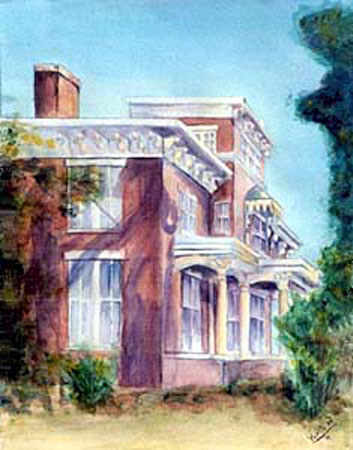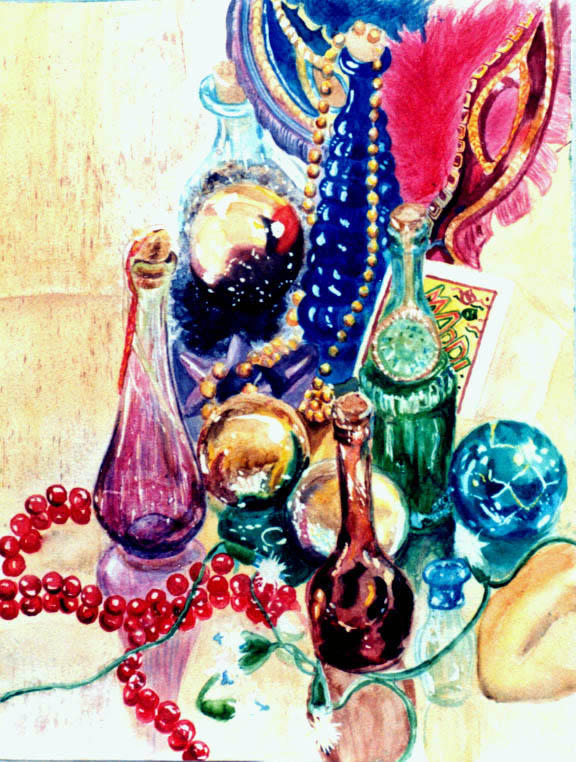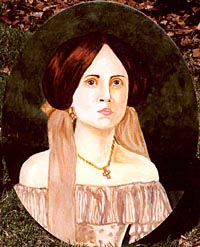
Bookmark it at Del.icio.us

| Images, paintings of The South of The United States | Art Gallery | The South | country music | jazz | rock and roll | blues | magnolia tree | dogwoods | oaks | cotton | bayous | swampland | african-americans | Civil Rights movement | cherokee indians | european celtics | culture of the cotton | king | mardi gras | secession war | civil war | slaves | Southern writers | Southerners | Southern States | Alabama | Virginia | Nort Carolina | South Carolina | Georgia | Florida | Mississippi | Louisiana | Texas | Arkansa | Tennensse | Kentuky | West Virginia | Confederacy | Dixie | Deep South |
Send this page of Images of The South to a friend
 |
Do you like this page? Bookmark it at Del.icio.us |
||||
 |
|||||
Images of The South |
|
|
|
 |
|
| Cotton bolls, King Oil on canvas 18" by 24" |
|
 |
 |
| Mississippi countryside Oil on canvas 18" by 24" |
Ross Barnett reservoir Jackson, Mississippi USA Oleo sobre lienzo 11 por 14 pulgadas |
|
Natchez Trace |
H
Pier |
|
|
 |
|
Alabama landscape
|
Landscape |
 |
|
|
Alabama Watercolor over bristol paper 4" by 3 " |
Catfish,
Manchac Louisiana Oil on canvas 16" by 20" |
 |
 |
|
The Magnolias Mansion of The South Watercolor on paper 13" by 17" |
Mardi Grass See pictures of mardi grass in Louisiana Watercolor on paper 13" by 17" |
 |
|
|
Eudora Welty Mississippi writer, pulitzer recipient Oil on canvas 5" by 7" |
Portrait of Annie Annie's Town, Anniston, Alabama Oil on canvas 14" by 18" |
 |
|
| Magnolia Oil on canvas 5 by 7 inches |
|
Southern States:While Southern history stretches back to prehistoric times, the unique culture of the South primarily has its origins with the settlement of the region by British colonists in the early 17th century. Many of the immigrants who moved to the South were of European Celtic origins; according to an 1860 census, "three-quarters of white Southerners had surnames that were Scottish, Irish or Welsh in origin." [1] These people mixed culturally with the Native Americans who were already in the region (such as the Creek Indians and Cherokees) and with the Africans who were brought in as slaves to support the region's agriculture. Early in its history, the South's economy became focused nearly exclusively on agriculture, with tobacco being the first big cash crop, followed by cotton from the 1790s onward. Because of the large amount of labor required to cultivate cotton, the South saw a surge in the enslavement of Africans and their descendants. Slavery did not only exist in the South - during the 18th century New York City ranked second out of the original American colonies for total number of slaves (Charleston, South Carolina being first [2]). However, the explosion of cotton cultivation [3] made this so-called "peculiar institution" of slavery an integral part of the South's early 19th century economy. Due to the South's powerful agricultural success, the region became integral to the political history of the United States, with the South supplying many of the United States' early military and political leaders (including nine of its first twelve presidents). However, by the middle of the 19th century sectional differences surrounding the issues of slavery, tariffs, and states' rights led to a sense of alienation from the North, and seven states decided on secession after the election of Abraham Lincoln in 1860. They formed the Confederate States of America, and in 1861 were joined by four more states. The United States government refused to recognize the Confederacy, so the issue was fought out on the battlefield. During the four year Civil War which followed, the South found itself as the primary battleground, with almost all of the main battles taking place on Southern soil. The Confederates were eventually defeated by the Union. While casualties for the Union were higher than for the Confederates, as a proportion of their respective populations the South suffered much more than the North did. Overall, the Confederates had 95,000 killed in action and 165,000 who died of other causes, for a total of 260,000 total Confederate dead and/or missing[4], out of a total Southern population at the time of around 9 million (of which 3.5 million were slaves). After the Civil War, the South had become devastated in terms of its population, infrastructure and economy. The South also found itself under Reconstruction, with Union military troops in direct political control of the South. Many white Southerners who had actively supported the Confederacy lost many of the basic rights of citizenship (such as the ability to vote) while with the passage of the 13th Amendment to the Constitution of the United States (which outlawed slavery), the 14th Amendment (which granted full U.S. citizenship to African Americans) and the 15th amendment (which extended the right to vote to black males), African Americans in the South began to enjoy more rights than they had ever had in the region. By the 1890s, though, a political backlash against these rights had developed in the South. Organizations such as the Ku Klux Klan, a clandestine organization sworn to perpetuate white supremacy, used lynchings, cross burnings and other forms of violence and intimidation to keep African Americans from exercising their political rights, while the Jim Crow laws were created to legally do the same thing. It would not be until the late 1960s that these changes would be undone by the American Civil Rights Movement and the Civil Rights Act of 1964 As defined by the Census Bureau, the Southern region of the United States includes 16 states, and is split into three smaller units, or divisions: The South Atlantic States, which are Delaware, Florida, Georgia, Maryland, North Carolina, South Carolina, Virginia and West Virginia (plus the District of Columbia); the East South Central States of Alabama, Kentucky, Mississippi and Tennessee; and the West South Central States of Arkansas, Louisiana, Oklahoma and Texas. The region as defined by the Census Bureau currently contains eight of the twenty-five largest metropolitan areas in the United States, as well as portions of two others. However, not all definitions of the South are based on strictly geographic divisions, with culture and history also playing a large role in defining what is the South. For example, the Deep South is a cultural and geographic subregion of the American South which consists of that part of the Mississippi delta region found in East Arkansas and the states of South Carolina, Mississippi, Florida, Alabama, Georgia, and Louisiana (six of the seven original states of the Confederate States of America, the seventh state being Texas). Historically, the South can also refer to the Old South, the Southern states represented in the original thirteen American colonies: Delaware, Maryland, Virginia, North Carolina, South Carolina, and Georgia. The Deep South and the Old South used to be known colloquially as Dixie, and may still be referred to nostalgically as such. Biologically, the South is a vast, diverse region, having numerous climatic zones ranging from temperate, to sub-tropical, to tropical, to arid. Many crops grow easily in its soils and can be grown without frost for at least six months of the year. Some parts of the South, particularly the Southeast, have landscape characterized by the presence of live oaks, magnolia trees, jessamine vines, and flowering dogwoods. Another common environment is the bayous and swampland of the Gulf Coast, especially in Louisiana, which looms large in American film history. The South is famously a victim of kudzu, a fast-growing vine which covers large amounts of land and kills indigenous plant life. |
|
|
Images of The South Copyright 1976-2013 Dr. Gloria Norris. Click |
| Images, paintings of The South of The United States | Art Gallery | The South | country music | jazz | rock and roll | blues | magnolia tree | dogwoods | oaks | cotton | bayous | swampland | african-americans | Civil Rights movement | cherokee indians | european celtics | culture of the cotton | king | mardi gras | secession war | civil war | slaves | Southern writers | Southerners | Southern States | Alabama | Virginia | Nort Carolina | South Carolina | Georgia | Florida | Mississippi | Louisiana | Texas | Arkansa | Tennensse | Kentuky | West Virginia | Confederacy | Dixie | Deep South |